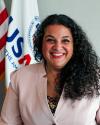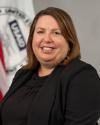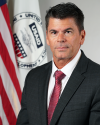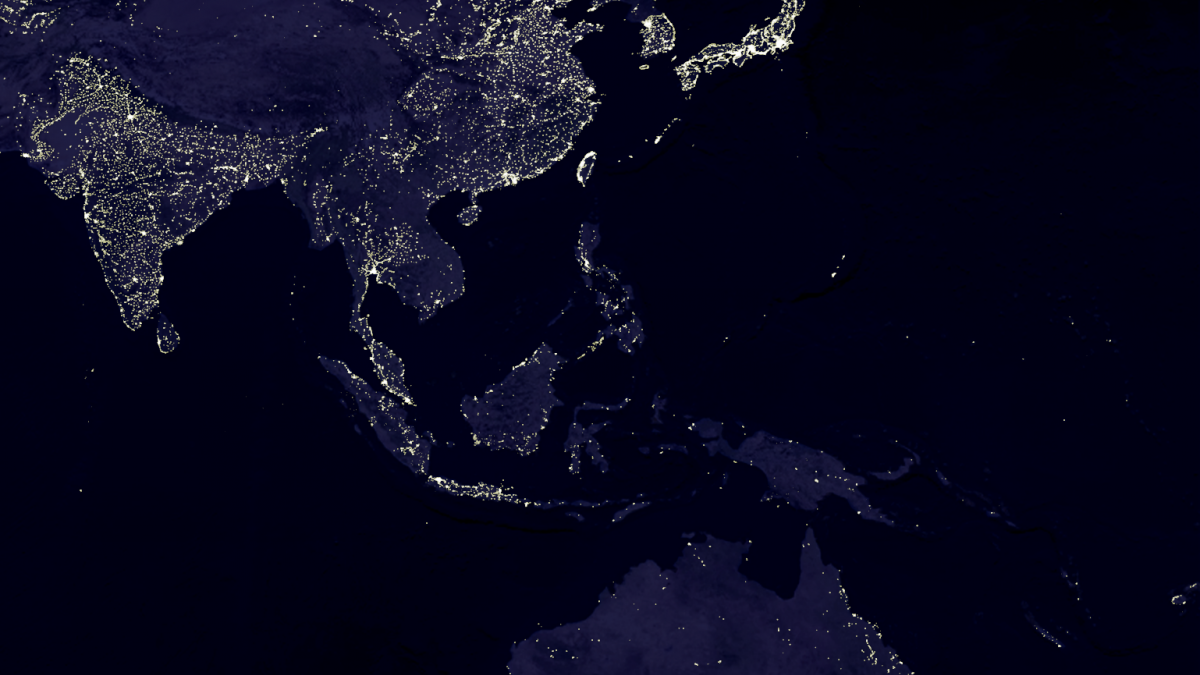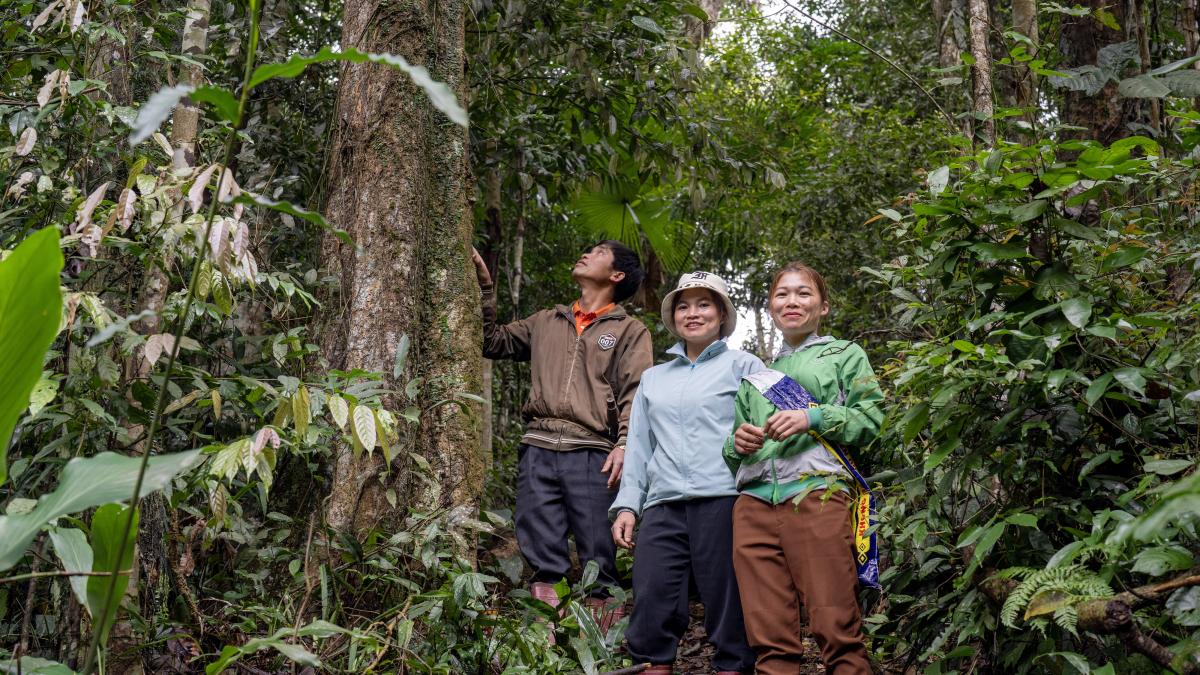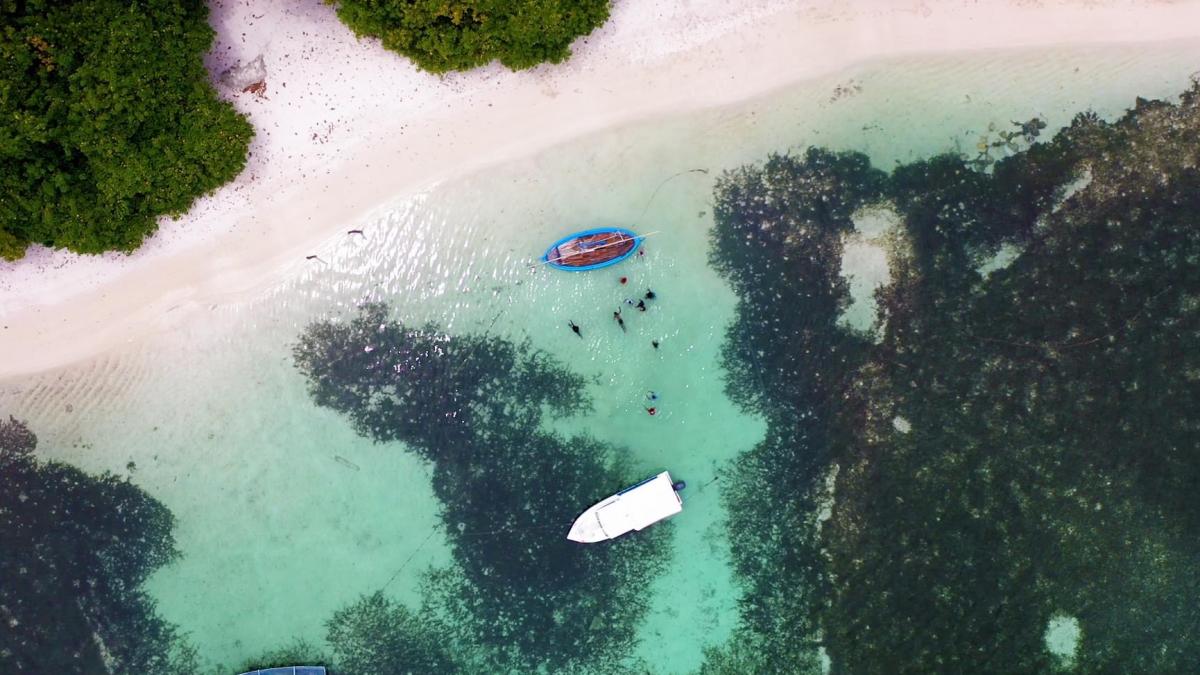


Asia Region Text
How Asia develops is critical to U.S. economic and security interests. Never before have our fates been so intertwined, especially in matters of health and the economy, as COVID-19 has proven. Asia is home to 4.7 billion people—over sixty percent of the human population—and half of the global economy, and its decisions and development trajectory will affect the world for generations.
Today, Asia grapples with immense challenges—including the risks and consequences of climate change and vaccinating populations against COVID-19. They are facing rapid urbanization and the overexploitation and contamination of life-sustaining resources of the land, air, and sea. Barriers remain to stronger regional connectivity, sustainable infrastructure development, and commitment to democratic principles and freedoms. Many countries still struggle to improve health and education on a large scale, which could help prevent the next pandemic threat. Amid this backdrop, authoritarian models of development are raising countries’ debt burdens while threatening national sovereignty and sustainable progress—diminishing the promise that Asia’s future still holds.
Across Asia, USAID plays a vital role in ensuring that countries’ development decisions help realize equitable and sustainable long-term success. We help foster inclusive and equitable growth, safeguard good governance and human rights, unlock climate solutions, and accelerate progress in health and education to jumpstart social and economic development. By shaping a more prosperous Asia region, USAID advances U.S. security and economic priorities. And while Asian countries have vastly diverse development levels and needs, their interconnectedness—from trade and supply chains, to infrastructure, health and beyond—provides opportunities for the United States. Through sustainable, inclusive development partnerships such as the quadrilateral cooperation between Australia, India, Japan, and the United States (the Quad) and with the Association of Southeast Asian Nations (ASEAN), USAID supports developing countries in Asia to realize their development goals and contribute to a more prosperous and peaceful world.


